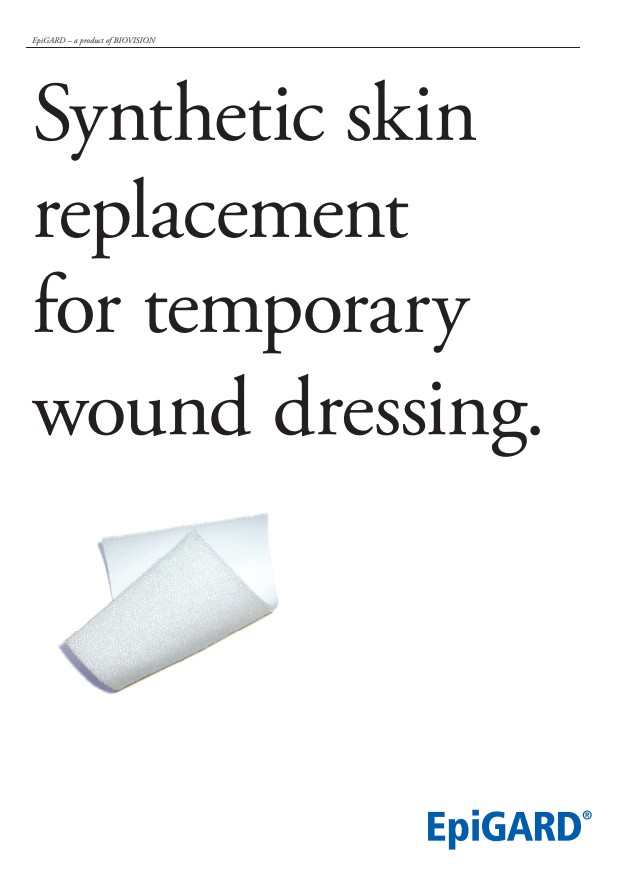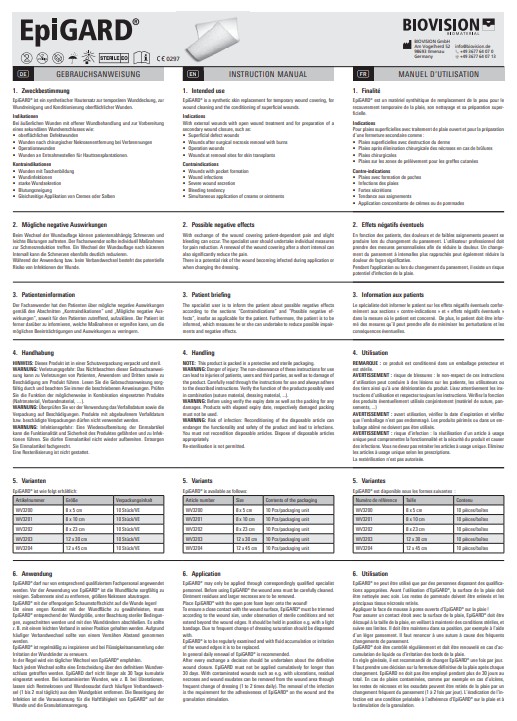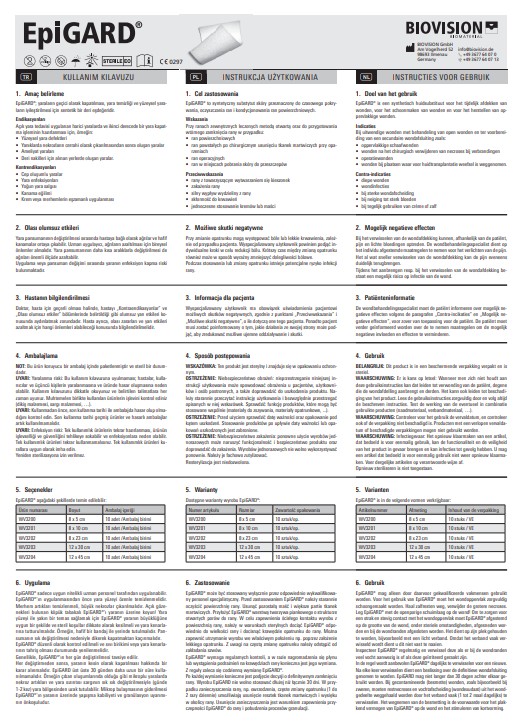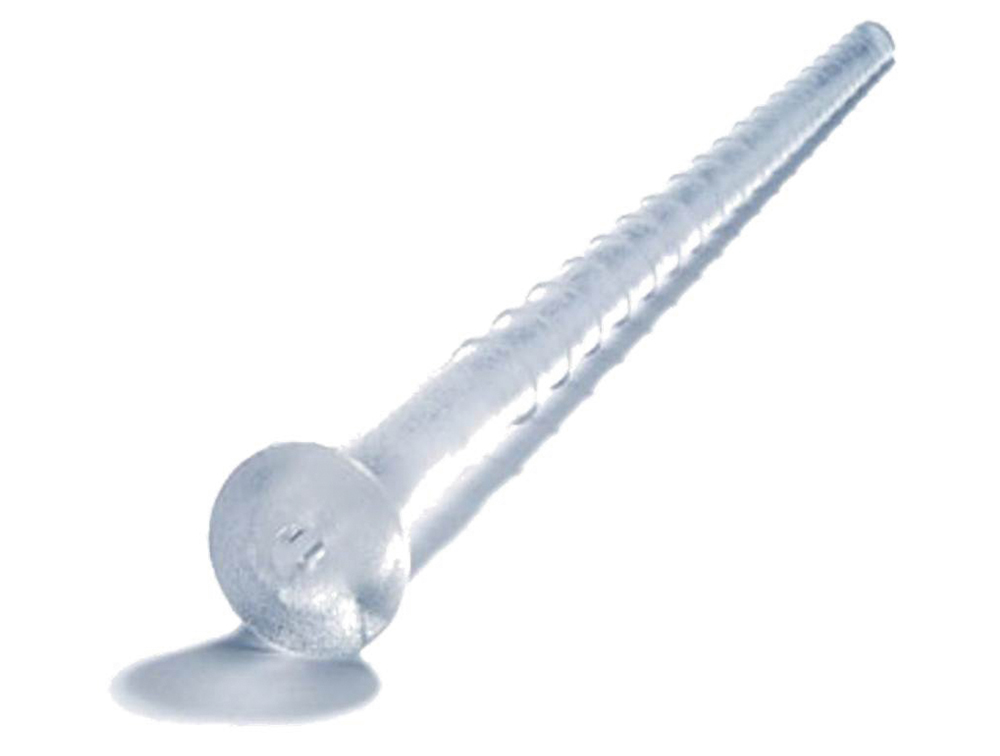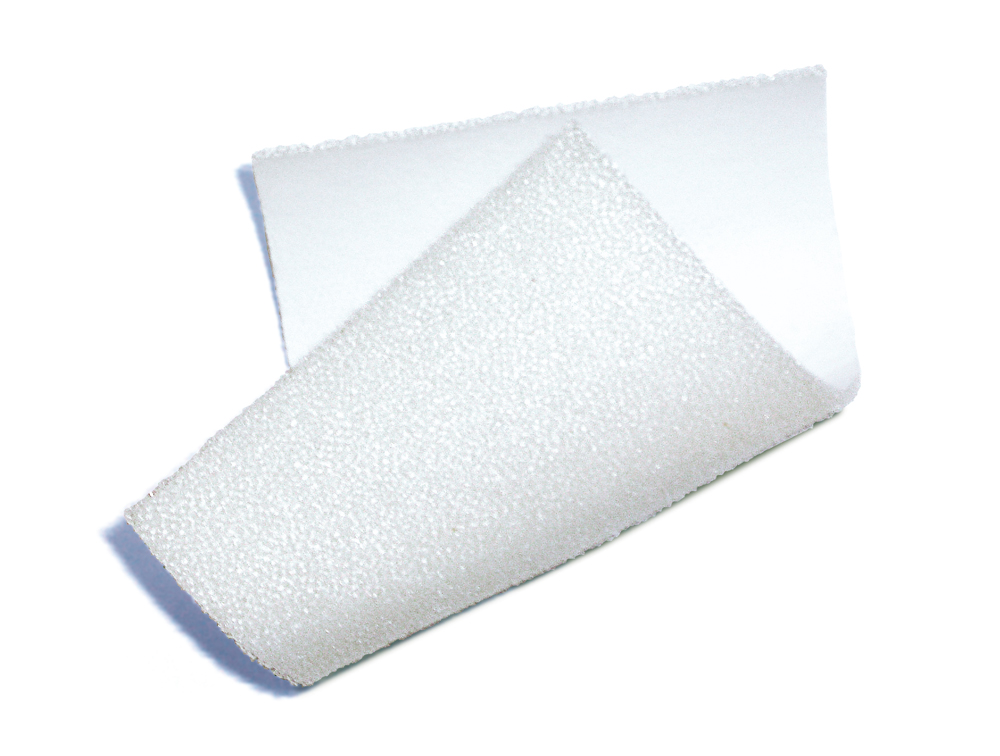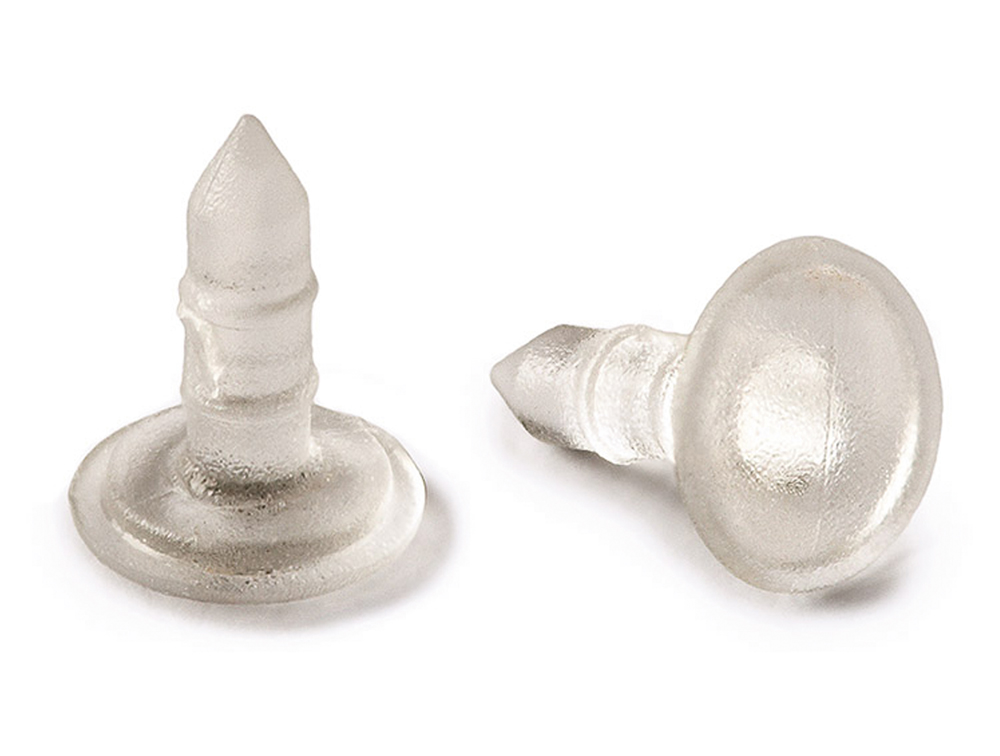EpiGARD

EpiGARD is a synthetic skin replacement for temporary wound dressing. Epigard cleans the wound and simultaneously maintains the moist environment which optimally conditions the wound for subsequent skin transplants.
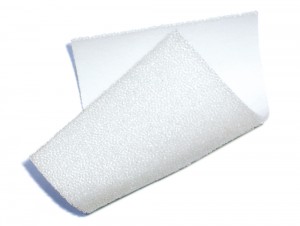
EpiGARD is made from a non-textile, double-ply synthetic material and does not contain any additives. The top surface consists of a thin, microporous film. It is permeable to air and steam. This prevents the build-up of secretions, while protecting the wound from external bacterial burdens or fluids.
The underside forms an open matrix made of pliable, soft polyurethane. The wound exudate adheres to the fine porous structure and is removed together with the necrotic tissue when the bandage is changed. Fibroblasts and vessels begin growing in the wound area and the open polyurethane foam during the mechanical wound cleansing phase. In general, the wound is soon conditioned for the subsequent transplantation, provided EpiGARD is changed daily.
Material
EpiGARD’s unique feature is the twoply material, which was developed by imitating the microanatomy of the human skin.
The thin top surface made of Teflon (polytetrafluorethylene) is permeable to air, but prevents bacteria from penetrating the wound and secretions from seeping through.
The underside forms an open matrix of soft, pliable polyurethane.
The side that faces the wound ensures rapid cleansing and good preparation of the wound surfaces. EpiGARD is sterile and disposable.
Effect
EpiGARD sticks rapidly and effectively through thrombogenic adhesion and coagulation of the exudate on the wound bed. This rids the wound of necrotic tissue and exudate when the bandage is changed for the first time. During this wound cleansing phase, fibroblasts and vessels start growing in the wound area and the open-pored polyurethane foam.
After a few days a consistent, well vascularised wound bed is achieved, which can be covered with a secondary dressing.
 Figure 1: The wound exudate adheres to the cavities in the polyurethane structure.
Figure 1: The wound exudate adheres to the cavities in the polyurethane structure.
 Figure 2: Necrotic tissue and wound exudate can be removedwhen the bandage is changed.
Figure 2: Necrotic tissue and wound exudate can be removedwhen the bandage is changed.
 Figure 3:
After the wound cleansing phase, fibroblasts and blood vessels begin to
grow, which encourages a consistent and well vascularised granulation
of the wound bed.
Figure 3:
After the wound cleansing phase, fibroblasts and blood vessels begin to
grow, which encourages a consistent and well vascularised granulation
of the wound bed.
Application
EpiGARD must be changed if there is the slightest indication of irritation, infection or oedema.
Do not use EpiGARD with creams or ointments.
EpiGARD is suitable for treating open wounds and for preparing a secondary wound occlusion such as open fractures with soft tissue damage and extensive skin defects, contaminated wound surfaces.
Do not use EpiGARD on wounds with pocket formation, massive infections with copious discharge and in patients with impaired blood clotting.
 Figure 4: Thorough wound debridement to gain an overall impression of the condition of the wound.
Figure 4: Thorough wound debridement to gain an overall impression of the condition of the wound.
 Figure 5: Precise adjustment of the skin replacement. Accurate cutting to size around the wound contour.
Figure 5: Precise adjustment of the skin replacement. Accurate cutting to size around the wound contour.
 Figure 6: A lightly compressed dressing. Regular change of Epigard after 24 to 48 hours; examination of the wound, sterile dressing.
Figure 6: A lightly compressed dressing. Regular change of Epigard after 24 to 48 hours; examination of the wound, sterile dressing.
 Figure 7: Repeated application of Epigard until a granulation bed that is ready for transplantation is achieved.
Figure 7: Repeated application of Epigard until a granulation bed that is ready for transplantation is achieved.
 Figure 8: Definitive wound occlusion by means of a mesh graft or delayed primary suture after 3 to 7 days.
Figure 8: Definitive wound occlusion by means of a mesh graft or delayed primary suture after 3 to 7 days.

